
The Importance of Optimizing Production Schedules
Optimizing production planning in manufacturing has several key benefits:
- Increased Efficiency: Efficient scheduling reduces idle times and ensures that machines and workers are fully utilized.
- Cost Reduction: Optimal scheduling helps in minimizing overtime costs, reducing waste, and lowering inventory costs.
- Improved Delivery Times: Streamlined schedules ensure timely production and delivery, enhancing customer satisfaction.
- Better Resource Management: Proper scheduling allows for better allocation of resources, including labor, materials, and equipment.
- Enhanced Flexibility: Optimized schedules can adapt more easily to changes in demand or unexpected disruptions.
Tools and Programs for Manufacturing and Production Planning
- Enterprise Resource Planning (ERP) Systems
- Description: ERP systems integrate various business processes, including manufacturing, finance, HR, and supply chain management, into a unified platform.
- Benefits: Provides real-time data, enhances visibility across the production process, and enables better decision-making.
- Popular ERP Systems: SAP ERP, Oracle ERP Cloud, Microsoft Dynamics 365.
- Manufacturing Execution Systems (MES)
- Description: MES tracks and documents the transformation of raw materials into finished products in real time.
- Benefits: Improves production efficiency, ensures product quality, and provides real-time monitoring and control.
- Popular MES Solutions: Siemens SIMATIC IT, GE Proficy, Rockwell Automation FactoryTalk.
- Advanced Planning and Scheduling (APS) Software
- Description: APS software helps manufacturers plan and schedule production activities based on real-time data and constraints.
- Benefits: Optimizes resource allocation, reduces lead times, and enhances responsiveness to changes.
- Popular APS Tools: Preactor, AspenTech, Kinaxis RapidResponse.
- Production Scheduling Software
- Description: Specialized software designed to create and manage production schedules, taking into account various factors such as machine availability, labor, and materials.
- Benefits: Streamlines scheduling, reduces downtime, and ensures optimal use of resources.
- Popular Scheduling Tools: PlanetTogether, Asprova, Syncrun.
- Inventory Management Systems
- Description: Tools that track inventory levels, orders, and deliveries, ensuring that materials are available for production when needed.
- Benefits: Reduces stockouts and overstocking, lowers inventory costs, and improves production flow.
- Popular Inventory Management Systems: NetSuite, Fishbowl, TradeGecko.
- Project Management Software
- Description: Tools that help manage projects, including production schedules, tasks, and resources.
- Benefits: Enhances collaboration, ensures timely completion of tasks, and provides visibility into project progress.
- Popular Project Management Tools: Microsoft Project, Trello, Asana.
Best Practices for Optimizing Production Schedules
- Real-Time Monitoring and Adjustment
- Strategy: Use real-time data to monitor production progress and make adjustments as needed to address issues promptly.
- Tools: MES, APS software, and IoT devices can provide real-time insights.
- Effective Communication and Collaboration
- Strategy: Ensure clear communication and collaboration between departments to align schedules and resources.
- Tools: ERP systems and project management software facilitate communication and collaboration.
- Capacity Planning
- Strategy: Regularly assess and plan for capacity to ensure that resources can meet production demands.
- Tools: APS software and capacity planning tools can help forecast and allocate resources effectively.
- Flexibility and Adaptability
- Strategy: Design schedules that can adapt to changes in demand, supply chain disruptions, and other unexpected events.
- Tools: Production scheduling software and APS tools provide flexibility and rapid re-scheduling capabilities.
- Continuous Improvement
- Strategy: Regularly review and refine production schedules to identify areas for improvement and implement best practices.
- Tools: Use data analytics and feedback loops to continuously enhance scheduling processes.

Case Study: Optimizing Production Schedules in an Automotive Parts Manufacturer
Initial Challenges
An automotive parts manufacturer faced issues with production delays, high inventory costs, and frequent machine downtimes. The existing scheduling system was manual and could not keep up with the dynamic production environment.
Implemented Solutions
- ERP System: Implemented SAP ERP to integrate production planning, inventory management, and procurement processes.
- MES Implementation: Deployed Siemens SIMATIC IT to monitor and control production in real time.
- APS Software: Adopted Preactor APS to optimize scheduling and resource allocation.
- Inventory Management: Utilized NetSuite to streamline inventory management and reduce carrying costs.
- Project Management: Used Microsoft Project to manage production projects and ensure timely completion.
Results
The manufacturer achieved a 30% reduction in production lead times, a 20% decrease in inventory costs, and a 25% improvement in overall production efficiency. The integrated approach provided real-time visibility, improved resource utilization, and enhanced the ability to respond to changes in demand.
Conclusion
Optimizing production schedules in manufacturing is essential for maintaining high efficiency, reducing costs, and meeting customer demands. By leveraging advanced tools and programs such as ERP systems, MES, APS software, and inventory management systems, manufacturers can achieve significant improvements in their production processes. Adopting best practices such as real-time monitoring, effective communication, capacity planning, and continuous improvement further enhances scheduling efficiency. In today’s competitive manufacturing landscape, optimized production schedules are a key driver of success and profitability.




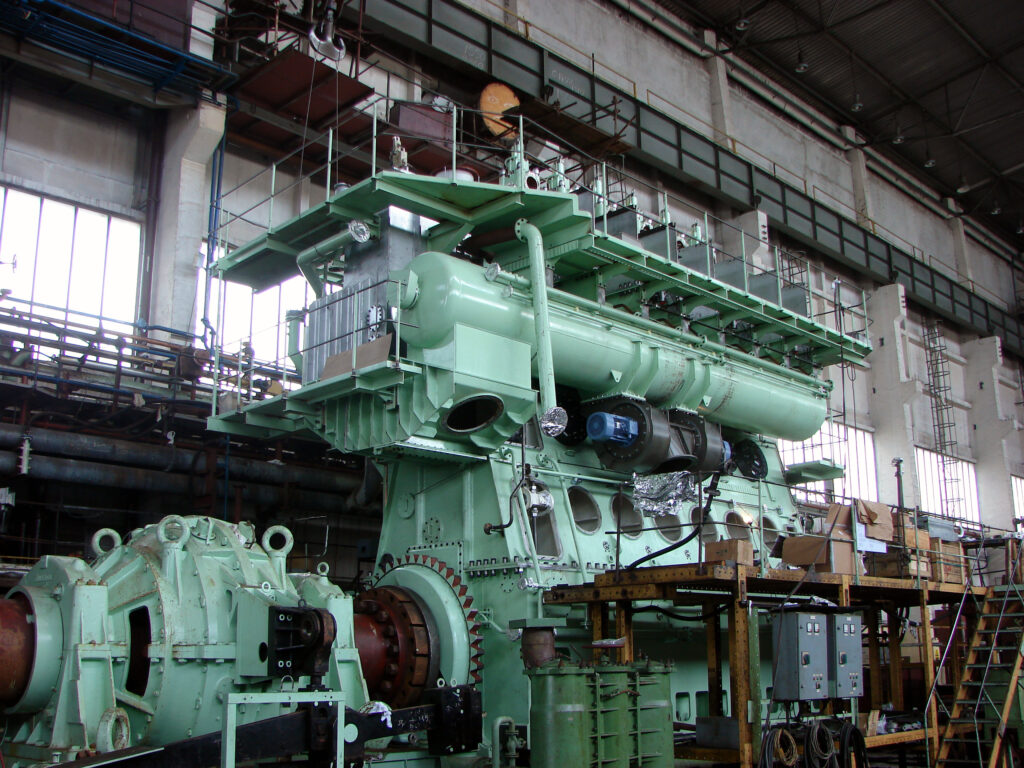
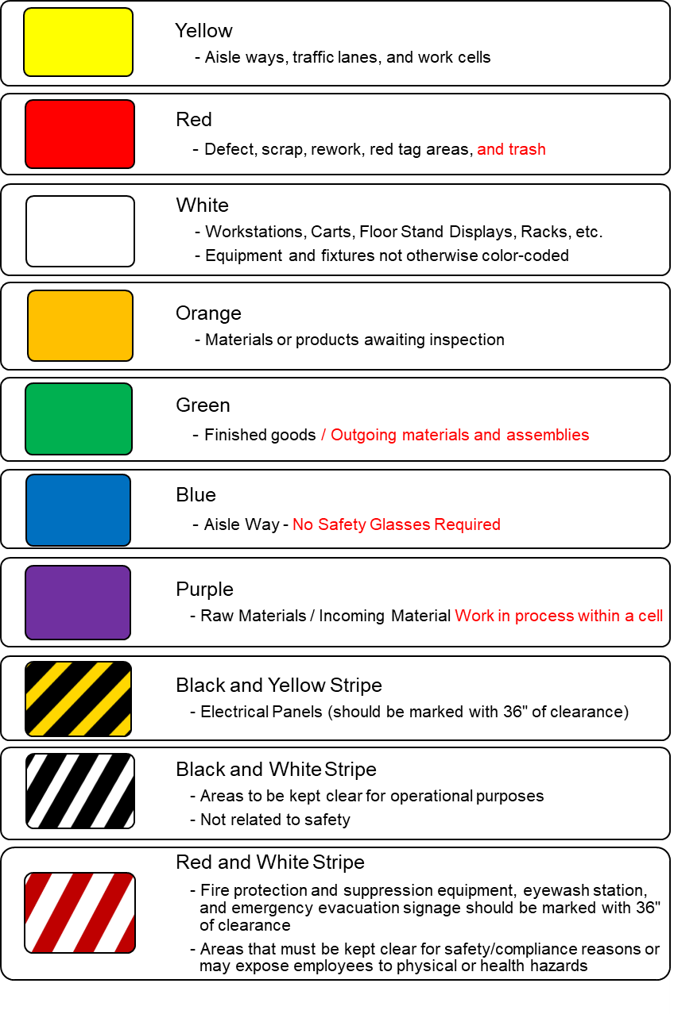
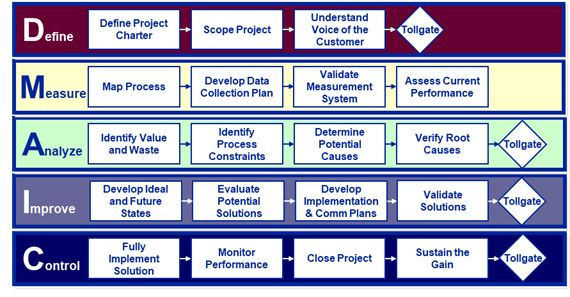



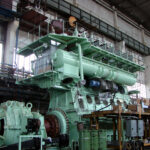
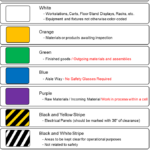
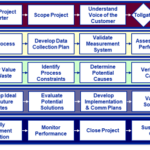
Leave a Reply